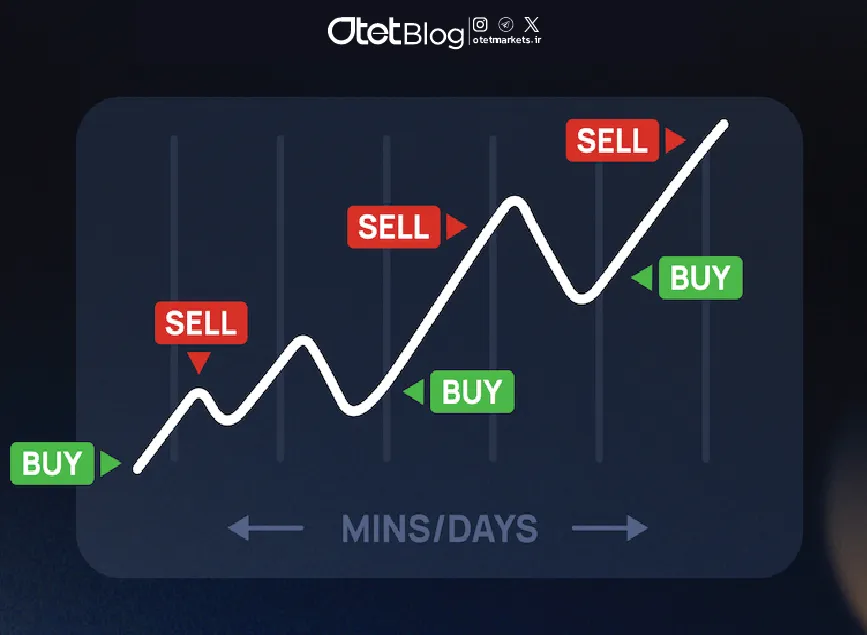Forex trading can seem like a wild west of opportunity, promising riches to those who dare to enter. But before you jump in headfirst, it’s crucial to understand the different strategies involved. One such strategy, known as scalping, is particularly intriguing and potentially rewarding, but also carries its own set of risks. So, what exactly is scalping in the forex market? And is it the right approach for your trading style? Let’s dive in and explore this fast-paced world.
What Does Scalping Mean in Forex?
Scalping is a forex trading strategy that focuses on profiting from small price changes. Scalpers aim to make numerous trades throughout the day, holding positions for only a few seconds or minutes. The goal is to accumulate small profits on each trade, which, when combined, can result in a significant overall gain. Think of it like picking up pennies in front of a steamroller – quick, precise, and potentially lucrative if done right.
Key Characteristics of Forex Scalping
- Short Timeframes: Trades are typically held for seconds or minutes.
- High Frequency: Scalpers execute a large number of trades daily.
- Small Profit Targets: Each trade aims for a small profit margin.
- Tight Stop-Losses: Risk management is crucial to protect against losses.
The Allure of Forex Scalping: Why Do Traders Do It?
Why would anyone choose to scalp instead of holding positions for longer periods? Well, the appeal lies in several factors. For one, scalping can be less exposed to overnight risk and large market swings. Since positions are held for such short durations, the impact of unexpected news or economic events is minimized. Also, some traders simply enjoy the fast-paced, adrenaline-pumping nature of scalping. It’s a high-intensity approach that requires quick thinking and decisive action.
Scalping is not for the faint of heart. It demands discipline, focus, and a deep understanding of market dynamics.
Benefits of Forex Scalping
- Reduced exposure to overnight risk.
- Potential for frequent profits.
- Less reliance on long-term market analysis.
Essential Tools and Techniques for Forex Scalping
Successful scalping requires more than just a desire to make quick profits. It demands a solid understanding of technical analysis, a reliable trading platform, and a disciplined approach to risk management. You’ll need to be comfortable reading charts, identifying patterns, and executing trades with precision. Furthermore, a fast and stable internet connection is absolutely essential to avoid slippage and missed opportunities. Can you imagine losing a trade because of a lag? It’s a scalper’s worst nightmare!
Key Tools and Techniques
- Technical Analysis: Using charts and indicators to identify short-term trading opportunities.
- Trading Platform: A reliable platform with fast execution speeds.
- Risk Management: Implementing tight stop-losses to limit potential losses.
- Market Knowledge: Understanding currency pairs and their volatility.
Risks Associated with Forex Scalping
While scalping can be profitable, it’s important to be aware of the risks involved. The small profit margins mean that even a few losing trades can wipe out a significant portion of your gains. Also, scalping requires a high level of concentration and discipline, which can be mentally and emotionally draining. Are you prepared to sit in front of your computer for hours, constantly monitoring the market and executing trades? It’s not for everyone!
Potential Drawbacks of Forex Scalping
- High transaction costs (spreads and commissions).
- Requires intense focus and discipline.
- Susceptible to slippage and unexpected market movements.
- Can be emotionally draining.
Frequently Asked Questions About Forex Scalping
So, is forex scalping right for you? It’s a question only you can answer. It demands a specific skillset, a disciplined mindset, and a willingness to embrace risk. If you’re comfortable with fast-paced trading and have the ability to make quick decisions, scalping might be worth exploring. Remember to start small, practice diligently, and always prioritize risk management. Ultimately, success in forex scalping, like any trading strategy, comes down to knowledge, discipline, and a little bit of luck. Good luck on your trading journey!






